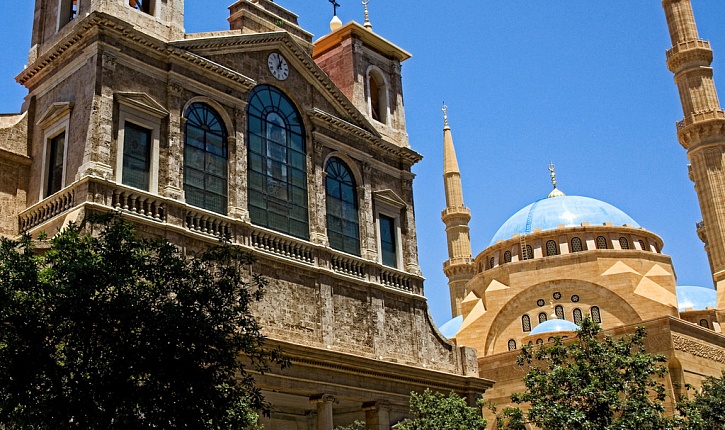Two fires that happened in one night - in the Cathedral of Notre-Dame de Paris and the Al-Aqsa Mosque - made the world public think again about the significance of the architectural heritage that we have in the cities of Europe, the Middle East and the rest of the world.
It is believed that the massiveness and grandeur of Christian churches and Muslim mosques should have inspired a man of medieval time with a sense of his own insignificance in comparison with God, and as a result, a sense of humility. But do these architectural masterpieces tell us about humility only?
All cathedrals and mosques were built by virtuosi of trowels and dividers — deeply religious architects and builders who had the extraordinary ability to build temples that reminded to the people about God. There were few such people, construction and engineering knowledge, which they possessed were unique, so in Europe, architects, as well as representatives of other professions, formed professional artels to protect their craft from aliens, who later became known as the union of freemasons.
For the medieval people, the church was a sacrament; for the church, a man with a divider in his hands possessed that skill, the sacrament of which was closed from the rest. In the Middle Ages, science was the lot of the elect, so scientists were not yet the rulers of the mind of their time.
The peculiarity of the profession of an architect is strategic thinking, the ability to see the whole picture both in spatial and temporal terms. Most of the great Gothic cathedrals of Europe were laid in the Middle Ages, and finally completed in the new and even modern times: the Cologne Cathedral (beginning of construction in the 13th century, and completion at the end of the 19th century), Prague St. Vitus Cathedral (founded in the 14th century, finally rebuilt in Late 19th - early 20th centuries), Milan Cathedral (construction began in the 14th century, took its final form at the beginning of the 19th century, and some elements of the facade were completed even in the middle of the 20th century). We see that they began to be built during the period of ecclesiastical and papal power and ended at a critical time, when the classical sciences were formed.
Most medieval scholars were believers, and the architects and builders of temples were fundamental adherents of monotheism. In this regard, the question arises - perhaps all these magnificent buildings, dispersed throughout Europe, were conceived by their designers as symbols of the power of the union of human faith and the human mind? Indeed, in order to worship God do not need huge churches, cathedrals and mosques. Nevertheless, they were built. And perhaps their size, the elegance of the giant spiers, minarets, interiors, facades and massive walls should symbolize what heights can be achieved if you combine faith and knowledge.
In the Middle Ages, when there were no such technological possibilities as today, the erection of temples and mosques was a triumph of architectural and engineering thought, that is, science. Science, which was inspired by religion, faith in God.
The history of mankind is not an equal and progressive process of progress, as perhaps we would like. In reality, our history has undergone many differences and extremes. On the one hand, we know examples when people misinterpreted religion and staged bloody massacres. On the other hand, radical zealots of secularism and scientific knowledge, in the name of their ideas, organized mass terror. For example, it is symbolic that the French rebels after the revolution of 1789 renamed Notre-Dame-de-Paris into the Temple of Reason (Napoleon in 19th century gave him the former name). In fact, the method of terror was invented by the "enlightened" French revolutionaries.
All this tells us about the need to find a balance between the power of faith and reason, which will help humanity to achieve outstanding results. And the numerous cathedrals and mosques that rise above Europe, the Middle East and the rest of the world, eclipsing modern skyscrapers with their grandeur and magnificence, are a reminder to us all of the power of uniting human reason and faith in the Most High. In particular, therefore, we need to protect our common cultural architectural heritage.
MIF
